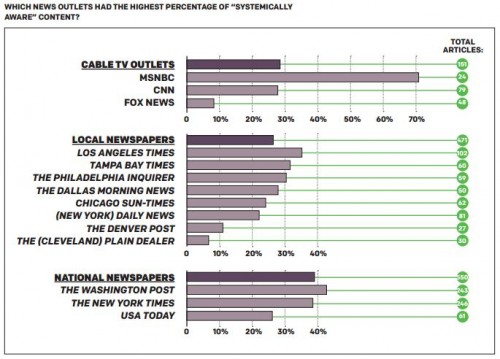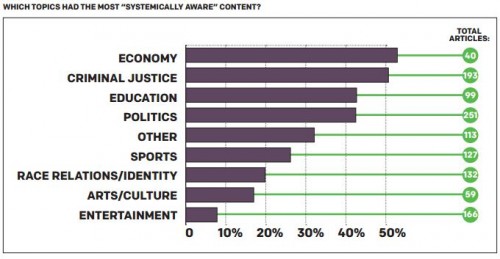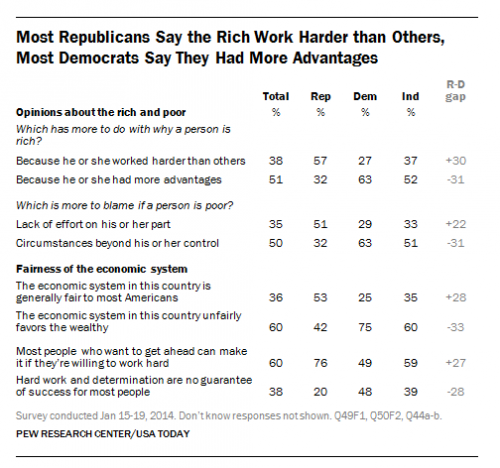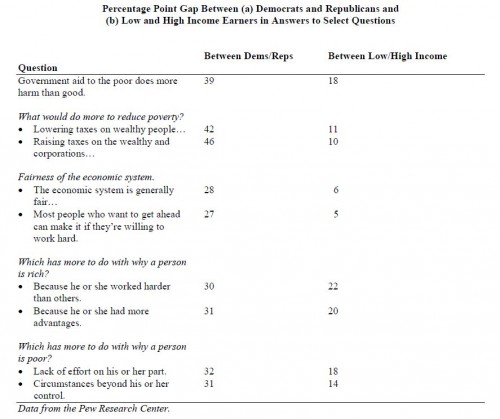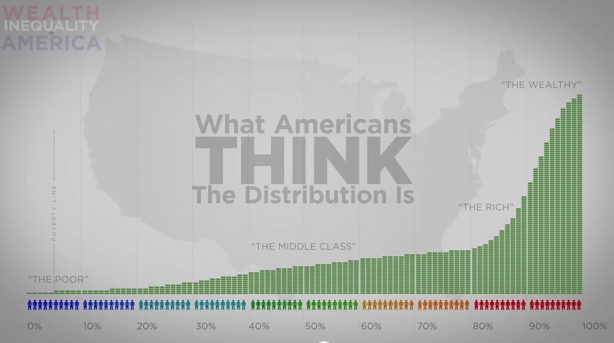Flashback Friday.
We are a species that reproduces sexually and has a penchant for power hierarchies. One thing that we’ve eroticized, then, is inequality. In other words, we have sexualized power asymmetry. I’m not necessarily talking about BDSM, though that may very well be part of it; I’m talking about the everyday gentle or not-so-gentle eroticization of power difference. If you’ve ever been turned on by the idea of overpowering or being overpowered, that’s what I’m talking about.
An image of a pear next to and curving over an apple, used to illustrate a New York Times article about the sexual partners of vegans, is a striking example of eroticized inequality.
The image, apparently, was chosen because it was a story about sexual relationships between vegans, or “fruity” types. But in order to make fruit look sexual, they positioned them asymmetrically with the pear not just standing next to the apple, or even taller than the apple, but towering over it. It’s the implication of power difference (and the satin sheets) that make this seem like a sexual image instead of, say, a sleepy one.
This post originally appeared in 2007.
Lisa Wade, PhD is an Associate Professor at Tulane University. She is the author of American Hookup, a book about college sexual culture; a textbook about gender; and a forthcoming introductory text: Terrible Magnificent Sociology. You can follow her on Twitter and Instagram.




